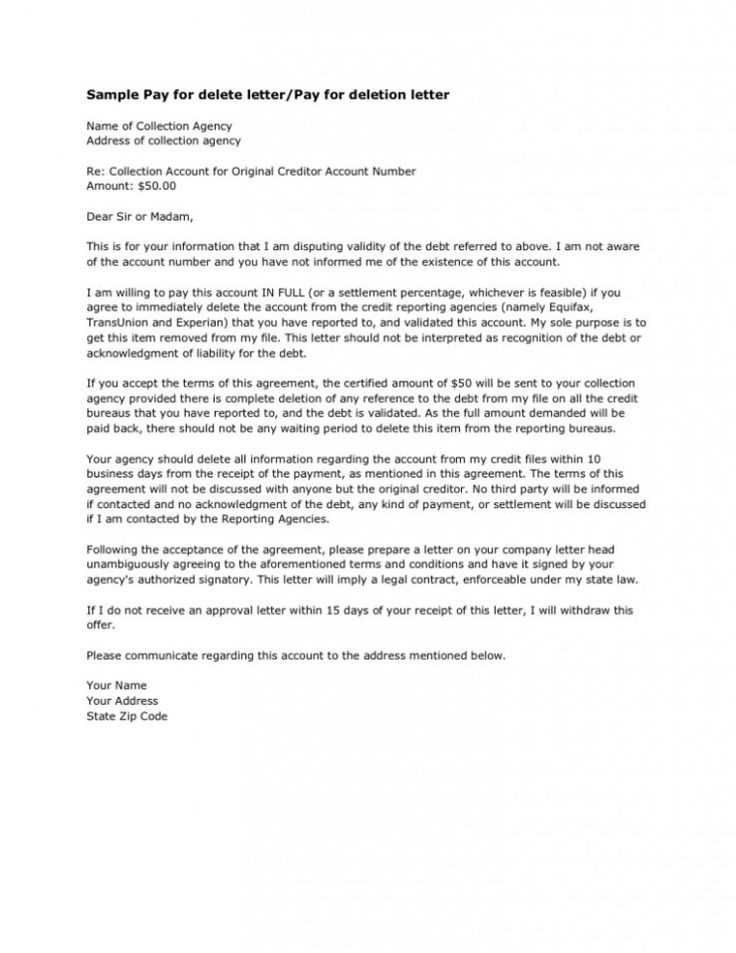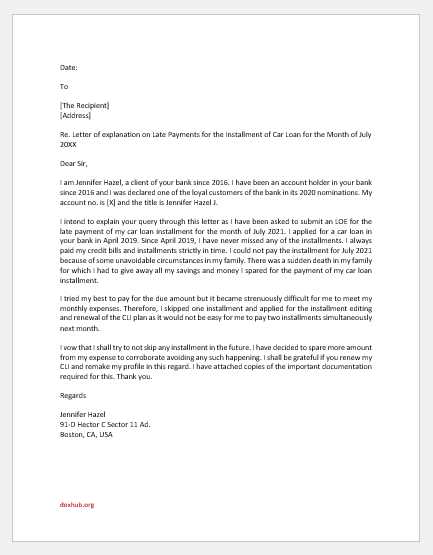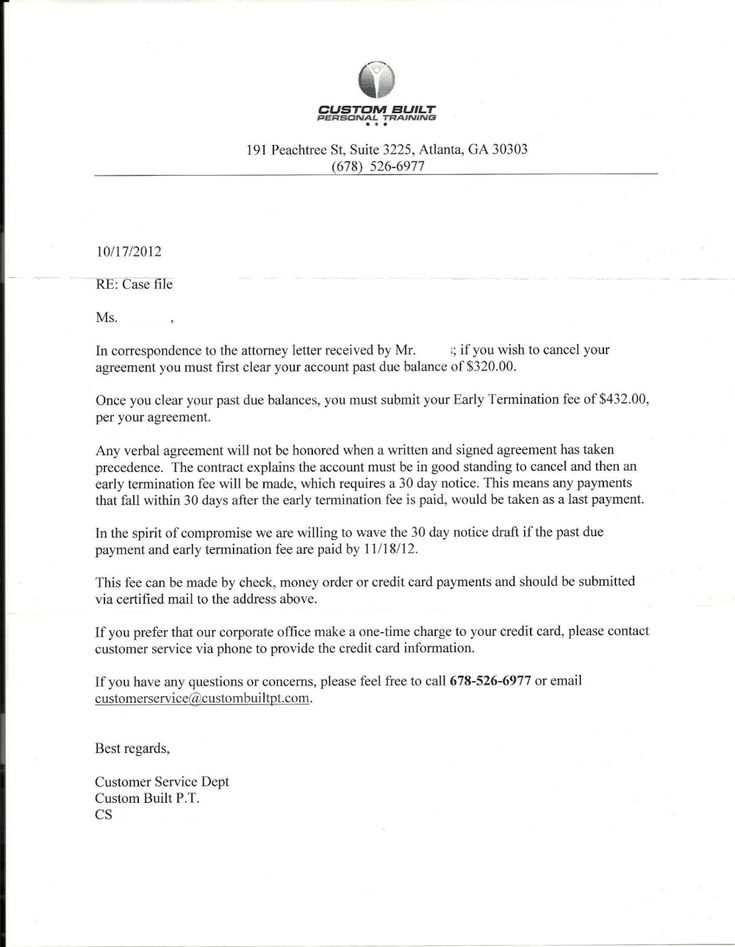Pay to delete letter template free

Step-by-Step Guide for Crafting a Pay-to-Delete Letter

Writing a pay-to-delete letter requires clear communication and professionalism. Here’s a simple template to help you craft your own letter to request the removal of negative information from your credit report or other records in exchange for payment.
Template for Pay-to-Delete Letter
Use the following format to structure your letter:
[Your Name] [Your Address] [City, State, ZIP Code] [Email Address] [Phone Number] [Date] [Creditor's Name] [Company Name] [Company Address] [City, State, ZIP Code] Subject: Request for Pay to Delete Agreement Dear [Creditor's Name], I hope this message finds you well. I am writing regarding the account referenced as [Account Number] with your company. After reviewing my financial situation, I am prepared to settle the outstanding balance of [Amount] in full. In return, I would like to formally request that you agree to remove any negative information associated with this account from my credit report and records. This includes deleting any reported late payments, collections, or any other derogatory marks. Please confirm your agreement to this arrangement in writing. Upon receiving your confirmation, I will proceed with the payment as outlined above. Thank you for considering this request. I look forward to hearing from you soon. Sincerely, [Your Name]
Key Points to Remember

- Be concise and polite in your request.
- Provide all necessary details, including the account number and outstanding balance.
- Clearly state your expectation for the deletion of negative information upon payment.
- Ask for written confirmation from the creditor before making the payment.
Why This Method Works
Creditors or collection agencies often agree to remove negative marks if they receive payment, as it’s in their best interest to recover the debt. However, it’s important to ensure the agreement is documented before you send any money. This provides legal protection and ensures the creditor holds up their end of the deal.
Pay to Delete Letter Template Free: A Practical Guide
Understanding the Concept of Paying to Remove Information
How to Find Free Templates for Data Removal Requests
Step-by-Step Instructions for Customizing Your Template
Legal Considerations When Requesting Data Removal
Common Mistakes to Avoid in Pay to Delete Requests
Best Practices for Following Up After Sending Your Letter
Paying to remove negative or outdated information is a strategy often used to protect one’s reputation online. This process, referred to as “pay to delete,” involves negotiating with data brokers or companies to remove certain personal details from their databases. Typically, businesses or websites will agree to delete data in exchange for a payment, though not all removal requests are successful. Understanding how to approach this task is key.
To find a free template for a pay-to-delete letter, start by researching resources that offer document templates specifically designed for data removal requests. Several websites offer free samples, usually in Word or PDF format. These templates can serve as a starting point, saving you time by providing a basic structure that you can easily modify with your personal information and the details about the data you wish to be removed.
Customizing your template requires including specific details: Include the company or website’s name, your full name, contact information, and a clear request for data deletion. Be concise but direct in outlining what information you want removed and why you’re requesting its deletion. Specify whether you’re willing to pay for the removal and indicate any relevant dates (such as when the data was collected or how long it’s been stored). Always ensure that your request is polite but firm, emphasizing your legal right to privacy if applicable.
Before sending your request, keep in mind the legal aspects: You may be entitled to request the removal of personal data based on privacy laws like GDPR or CCPA, depending on where the data is stored and the company’s jurisdiction. Make sure your request aligns with the appropriate legal framework and that you clearly express any rights you wish to assert. In some cases, failure to adhere to these legal standards can weaken your position.
Avoid common mistakes when making pay-to-delete requests: Don’t make your letter too lengthy, as companies may overlook essential details. Avoid emotional language, as it can detract from the professionalism of your request. Additionally, be cautious when offering payment. Ensure the company is legitimate before sending any money or sensitive information.
Follow-up practices are just as crucial as sending the letter itself: If you don’t receive a response within the specified time frame, send a polite reminder. If no action is taken after multiple attempts, you might consider contacting relevant regulatory bodies or pursuing further legal options.